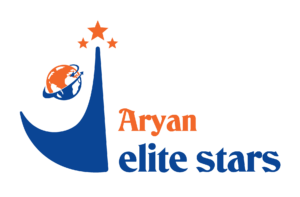Los frascos y botellas de vidrio se utilizan ampliamente para envasar diversos productos, como alimentos, bebidas, cosméticos y productos farmacéuticos. El proceso de producción involucra varias etapas, cada una de las cuales juega un papel significativo en garantizar la calidad y durabilidad del producto final
- Batch mixing: The process begins with the preparation of the raw materials, including silica sand, soda ash, limestone, and recycled glass (cullet). These materials are weighed and mixed in specific proportions to create a homogenous mixture called the «batch.»
- Melting: The batch is transferred to a furnace, where it is heated to temperatures between 1,500°C and 1,700°C. At these extreme temperatures, the raw materials fuse together, forming molten glass. The furnace operates continuously, ensuring a steady supply of molten glass for the subsequent stages.
- Forming: Molten glass is fed into a forming machine, which can employ various methods to create the desired shape. The two primary methods are the «blow and blow» method for bottles and the «press and blow» method for jars. In both cases, compressed air is used to form the container.
- Annealing: After forming, the glass containers are gradually cooled in a controlled manner within an annealing oven. This process helps relieve internal stresses, making the glass more resistant to breakage.
- Inspection and packaging: Finally, the finished products undergo a thorough inspection for any defects or imperfections. Once approved, the glass jars and bottles are packaged and prepared for shipping.
Using glass containers offers several advantages, including:
- Chemical inertness: Glass is non-reactive, ensuring that the contents remain uncontaminated and preserving the product’s taste and quality.
- Durability: Glass is highly resistant to chemical and physical degradation, making it suitable for long-term storage.
- Eco-friendliness: Glass is 100% recyclable and can be reused multiple times, reducing waste and conserving natural resources.
- Transparency: The clear nature of glass allows consumers to view the product’s color, texture, and consistency, which can influence their purchasing decisions.
In summary, glass jars and bottles are popular packaging materials due to their unique properties, and their production process involves batch mixing, melting, forming, annealing, and inspection. The merits of utilizing these containers include chemical inertness, durability, eco-friendliness, and transparency.
